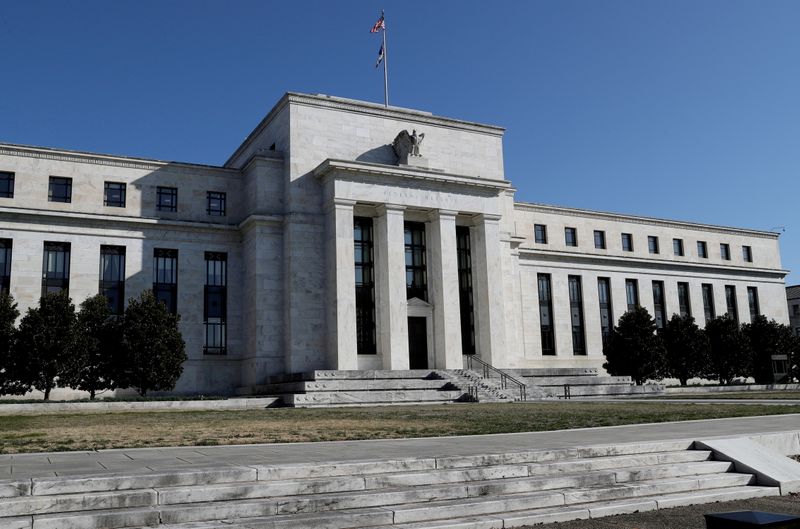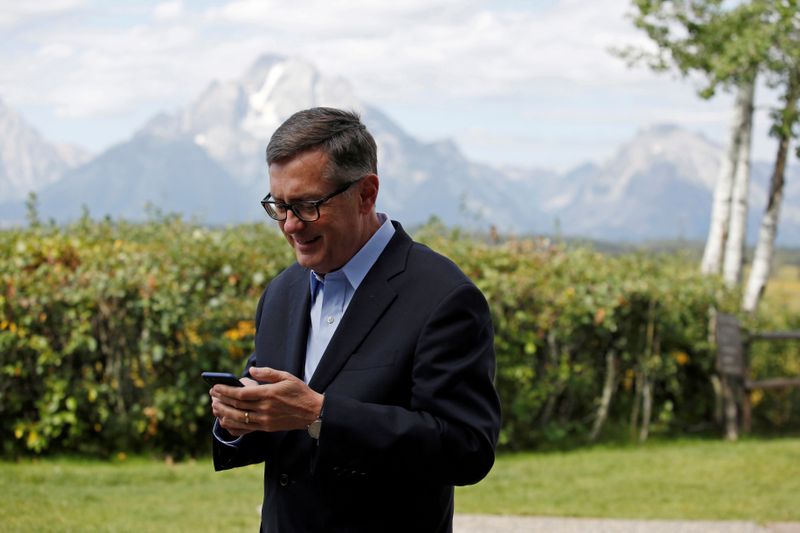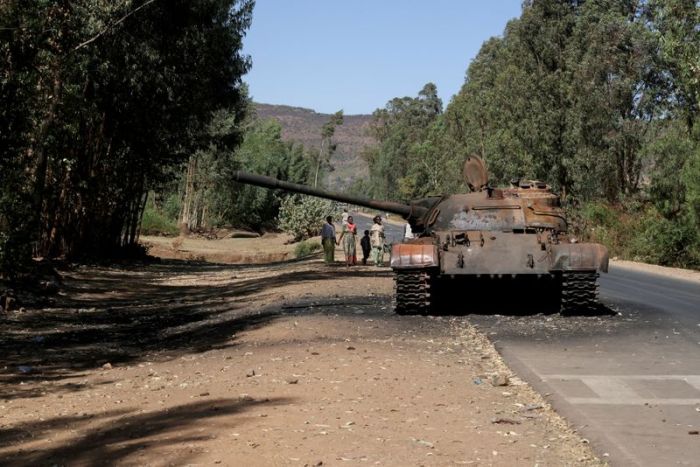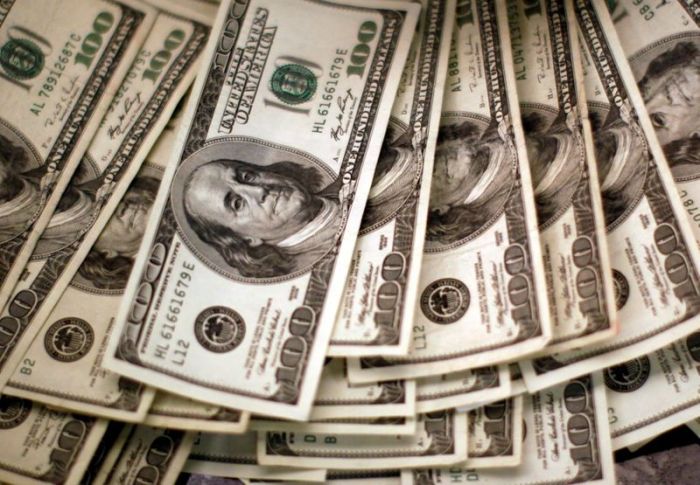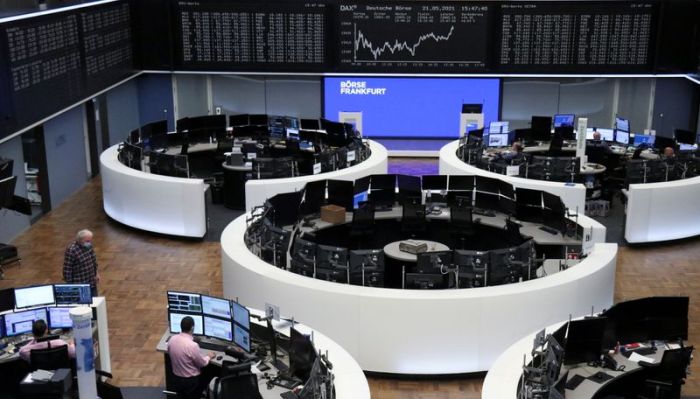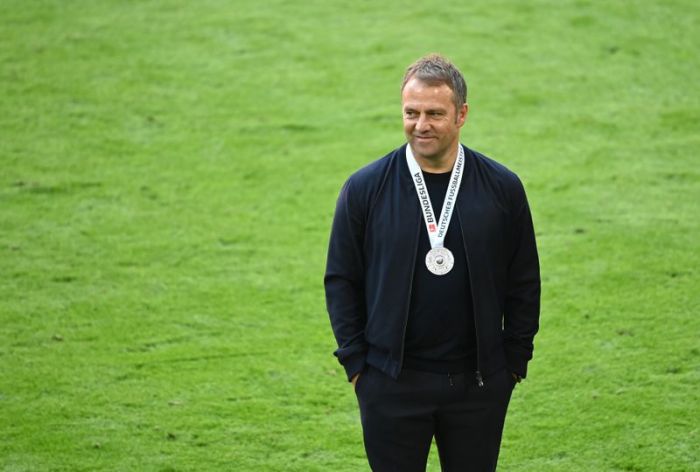WASHINGTON (Reuters) -Federal Reserve policymakers have begun to acknowledge they are closer to debating when to pull back some of their crisis support for the U.S. economy, even as they say it is still needed to bolster the recovery and employment.
“We are talking about talking about tapering,” San Francisco Federal Reserve Bank President Mary Daly told CNBC on Tuesday, referring to the potential reduction of the Fed’s $120 billion in monthly asset purchases. Those bond buys, together with near-zero interest rates, are aimed at easing borrowing costs and encouraging hiring and investment.
“I want to make sure that everyone knows that it’s not about doing anything now,” Daly added. She noted that while she is “bullish” about the fall, the economy is still more than 8 million jobs short of where it was before the pandemic, which is still not over. “Right now, policy is in a very good place….we need to be patient.”
Earlier Tuesday, Vice Chair Richard Clarida also opened the door to talking about the Fed doing less – at some point. “It may well be…there will come a time in upcoming meetings we will be at the point where we can begin to discuss scaling back the pace of asset purchases,” Clarida said on Yahoo Finance. “That was not the focus of the April meeting. It is going to depend on the flow of data.”
This suggestion that talking about tapering could become appropriate is a shift from just a month ago when Chair Jerome Powell said it was “not yet” time to even contemplate having that conversation.
Fed policymakers have promised to give markets plenty of notice before changing policy, to avoid a repeat of the “taper tantrum” spike in bond yields after former Fed Chair Ben Bernanke surprised markets by flagging a reduction to the Fed’s bond-buying in 2013.
Since their April meeting, two regional Federal Reserve bank presidents have publicly urged that the discussion begin soon, and others have highlighted the risks should a current round of price increases become a more embedded cycle of inflation.
The Fed has promised it won’t raise rates until the economy is back to full employment and it sees inflation reach 2% and poised to rise above that level.
That stance worries some analysts who believe the Fed has become too relaxed about inflation and is setting the stage for a painful round of abrupt, inflation-fighting interest rate increases that could also push the economy back into recession.
Most Fed policymakers have stuck to the view that the recent rise in inflation will prove transitory, given its origins in supply and labor market bottlenecks that will in time get worked out.
But not all are completely convinced. Speaking late Monday, Kansas City Fed President Esther George noted the “tremendous” amount of fiscal stimulus that has been pumped into the economy and said she is “not inclined to dismiss today’s pricing signals or to be overly reliant on historical relationships and dynamics in judging the outlook for inflation.”
Clarida on Tuesday said he believes that the Fed will be able to curb any outbreak of inflation with tough talk and more modest rate hikes that would allow economic growth to continue.
The Fed will get new inflation data on Friday, with forecasters expecting that prices for personal consumption goods excluding food and energy rose at a 2.9% annual rate in April. That would be the highest reading since June 1993 and beyond the Fed’s 2% inflation target.
The Fed meets next on June 15-16.
(Reporting by Howard Schneider and Ann Saphir; Editing by Cynthia Osterman)

